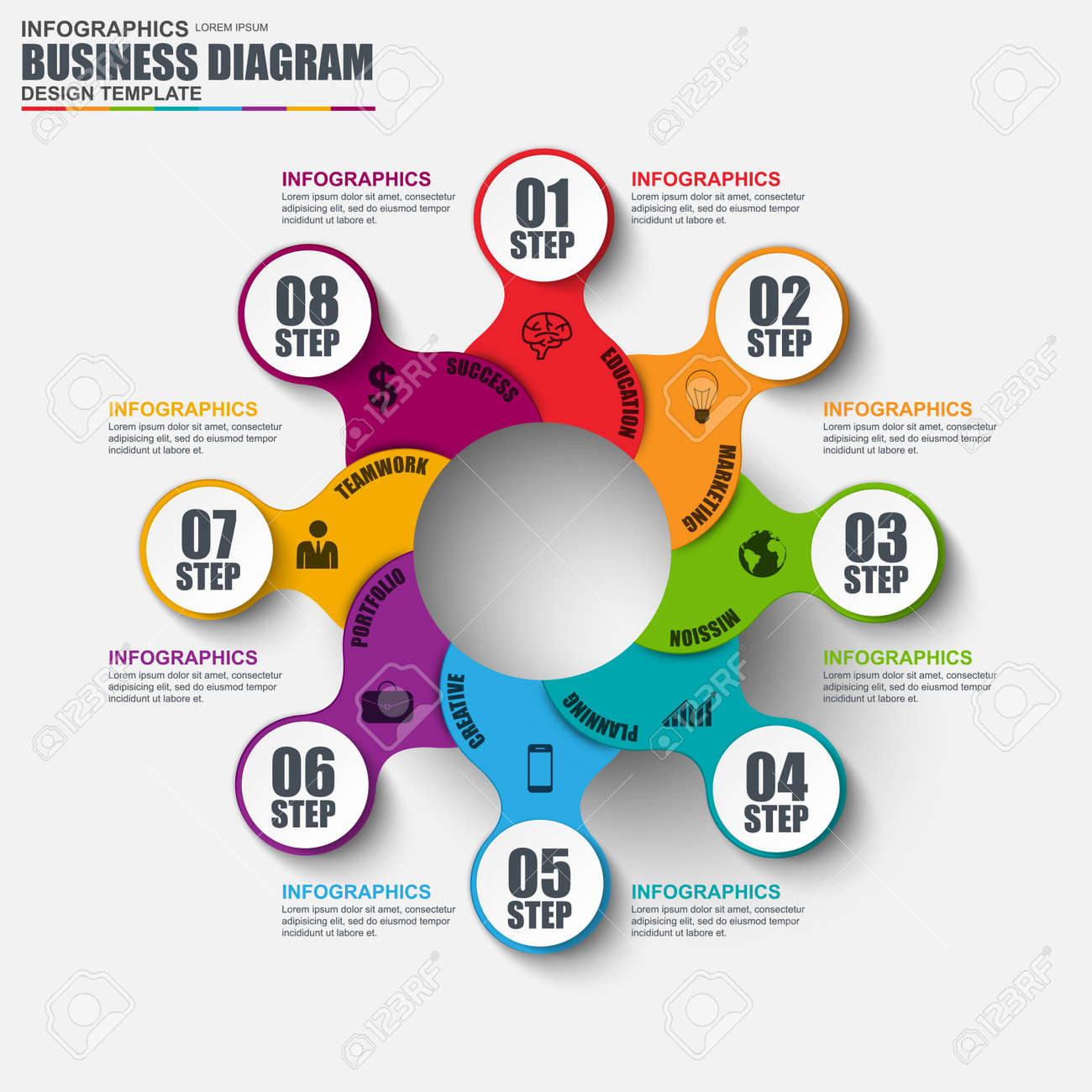In the past, websites were simple and concentrated on information. Navigation was direct, and design was for desktop computers. Currently, individual experience is key. Data guides layouts for easy navigating. Receptive layouts fit different gadgets. Today, dark setting reduces pressure, and minimal menus improve navigation. Interactive features involve individuals, and vibrant visuals attract attention. AI integration improves engagement. See exactly how layout has developed to boost your on the internet trip.
Very Early Days of Web Design
In the very early days of web design, simplicity reigned supreme. Sites were standard, with minimal colors, font styles, and designs. The focus was on offering info instead of flashy visuals. Individuals accessed the web via slow-moving dial-up links, so rate and functionality were key.
Navigation menus were straightforward, normally located at the top or side of the page. Internet sites were developed for desktop computers, as mobile browsing had not been yet widespread. Web content was king, and designers prioritized very easy readability over intricate layout elements.
HTML was the main coding language utilized, and designers needed to work within its restraints. Animations and interactive attributes were marginal compared to today's standards. Web sites were static, with little dynamic web content or tailored user experiences.
Surge of User-Focused Design
With the development of site style, a change in the direction of user-focused style principles has actually become significantly famous. Today, developing sites that prioritize customer experience is vital for involving visitors and accomplishing business goals. User-focused layout entails understanding the requirements, preferences, and actions of your target audience to tailor the internet site's layout, material, and features as necessary.
Designers now conduct thorough study, such as customer surveys and functionality screening, to gather understandings and responses directly from users. This data-driven method assists in producing instinctive navigation, clear calls-to-action, and visually appealing user interfaces that resonate with visitors. By positioning the individual at the facility of the style procedure, web sites can provide a more individualized and delightful experience.
Receptive layout has additionally emerged as a key facet of user-focused style, ensuring that sites are enhanced for numerous gadgets and display dimensions. This flexibility improves access and usability, accommodating the varied means customers engage with sites today. In essence, the rise of user-focused layout indicates a change in the direction of creating digital experiences that prioritize the demands and expectations of the end customer.
Modern Trends in Web Design
Discover the latest trends forming website design today. One famous fad is dark setting design, providing a streamlined and modern-day look while lowering eye strain in low-light settings. One more vital trend is minimalist navigation, streamlining food selections and improving individual experience by concentrating on essential elements. Incorporating micro-interactions, such as computer animated buttons or scrolling impacts, can produce an extra engaging and interactive web site. Receptive style remains important, making sure smooth customer experiences throughout numerous devices. Furthermore, making https://www.entrepreneur.com/article/411180 of strong typography and unbalanced layouts can add aesthetic passion and draw attention to details material.
Incorporating AI modern technology, like chatbots for consumer support or tailored recommendations, boosts individual involvement and simplifies procedures. Accessibility has also become a substantial trend, with designers focusing on comprehensive design methods to deal with varied customer needs. Embracing sustainability by maximizing site efficiency for rate and efficiency is one more emerging fad in website design. Teaming up with user feedback and information analytics to repeat and improve style continually is important for staying pertinent in the ever-evolving digital landscape. By welcoming these contemporary trends, you can create a visually attractive, straightforward website that reverberates with your target market.
Conclusion
As you assess the advancement of web site layout from the early days to now, you can see just how user-focused design has ended up being the driving force behind modern patterns.
Welcome the trip of change and adjustment in web design, constantly keeping the customer experience at the forefront.
Stay current with the current trends and modern technologies, and never stop advancing your approach to produce aesthetically stunning and user-friendly sites.
Develop, adjust, and create - the future of website design remains in your hands.
